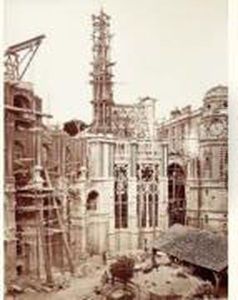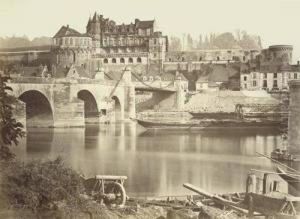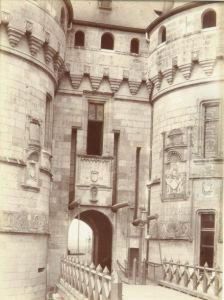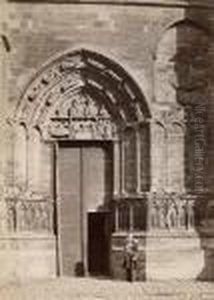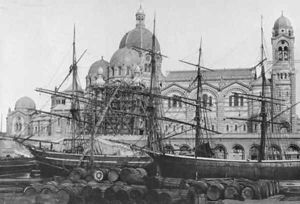Mederic Mieusement Paintings
Médéric Mieusement was a noted French photographer, best known for his comprehensive documentation of French architectural heritage, particularly churches and cathedrals. Born on September 20, 1840, in Orléans, France, he developed an interest in photography at a young age and pursued it as a career. Mieusement became a professional photographer in the 1860s and gained recognition for his skill in architectural photography, which was a challenging field due to the limitations of photographic technology at the time.
Mieusement's work was characterized by its meticulous attention to detail and composition. He traveled extensively throughout France, capturing the country's architectural landmarks with his camera. His photographs were not only artistic but also served as important records of these structures, some of which were in disrepair or at risk of being lost. His dedication to documenting France's architectural history contributed significantly to the field of art history and heritage preservation.
In 1878, Mieusement was commissioned by the Ministry of Public Instruction and Fine Arts to photograph historic monuments, a project that would become one of his most significant contributions. He produced a vast collection of glass plate negatives, which provided an invaluable visual archive of France's architectural treasures. Mieusement's photographs were often used for restoration projects, as they provided clear and accurate representations of the original state of the buildings.
Mieusement's work was widely respected, and he was able to sustain his career through the sale of his photographs to institutions and individuals interested in French heritage. Despite the importance of his contributions, Mieusement did not gain the same level of fame as some of his contemporaries. Nevertheless, his photographs continue to be appreciated by historians, architects, and photography enthusiasts for their historical value and aesthetic quality.
Médéric Mieusement's legacy as a photographer is preserved through the many images he left behind, which continue to be studied and admired. He died on March 10, 1905, in Saint-Cyr-en-Val, France. His extensive collection of glass plate negatives is a testament to his dedication to the documentation of French cultural heritage and provides a window into the past for future generations.
